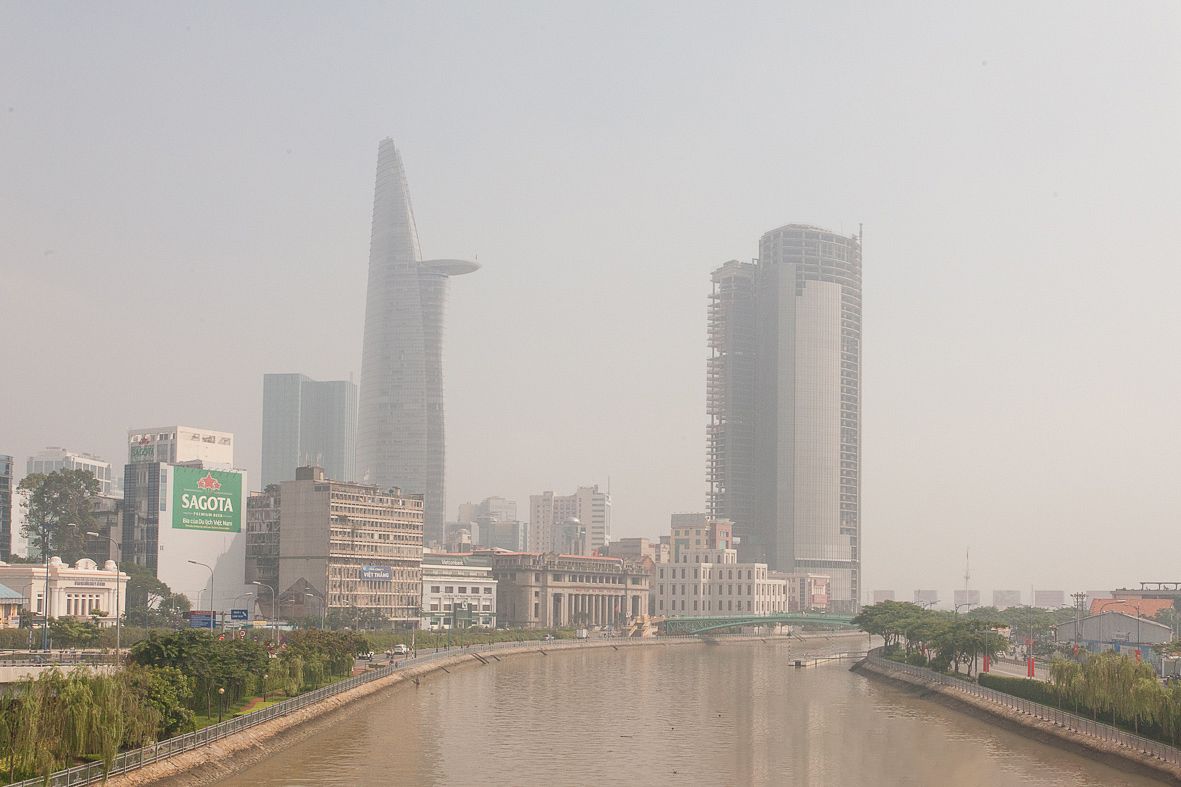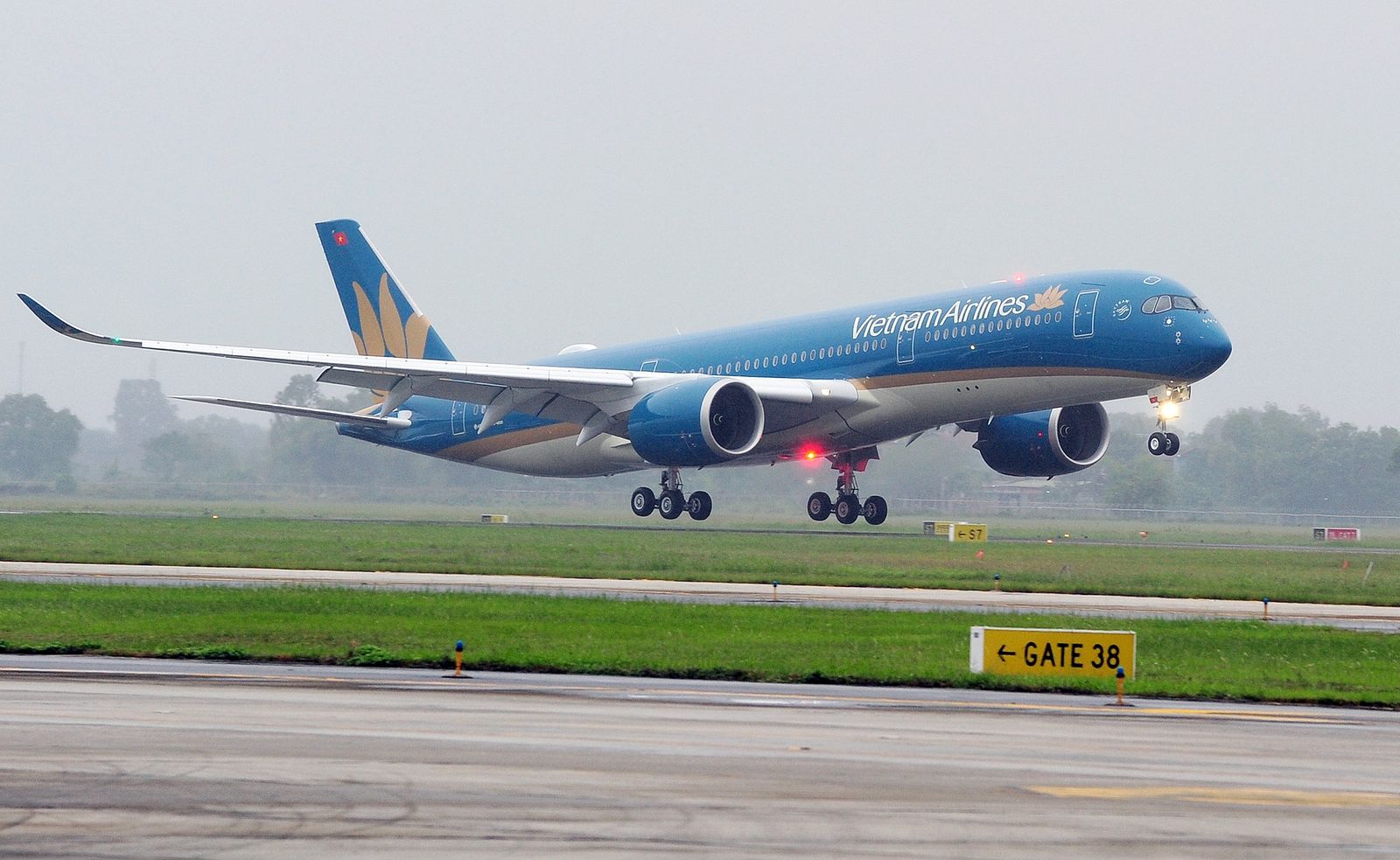Air pollution has been a daily annoyance for many Saigoneers, but how does this urban ailment translate into economic terms?
On January 14, Hanoi’s National Economics University (NEU) held a conference discussing the economic implications of Vietnam’s air pollution problem, reports Zing. At the event, the institution presented several key findings of a long-term project to measure the detriments of the smog in quantitative terms.
According to Dr. Dinh Duc Truong, a professor at NEU, at current economic growth rates, air pollution will eat away 4.45–5.64% of Vietnam’s GDP a year, amounting to US$10.82–13.63 billion. He explained that air impurity can harm a country’s economy in two ways: tangibly and intangibly.
The former can include measurable costs incurred to buy air masks and purifiers or to treat air quality-related illnesses. The latter refers to the damage on citizens’ health, mental well-being, productivity, and even mortality. Air pollution also tarnishes the country’s international reputation.
Truong estimated that in 2018, 50,000 Vietnamese died of pollution-related causes and, among the 10 diseases that result in the most fatalities in Vietnam, six are respiratory and have links to air quality.
Experts at the conference pointed to fossil fuel combustion as one of the prominent causes of Vietnam’s suffocating air quality. At the moment, these combustibles account for more than 90% of the country’s power output — coal takes up 36% — though there are some signs that renewable energy is starting to catch up.
Another reason that Truong gave for the increase in smog in recent years is the shift in production from developed countries to Vietnam, a less developed nation. Developed countries are higher up the global supply chain and have stricter costs and standards when it comes to industrial emissions. Therefore, manufacturing activities with high pollution rates are outsourced to Vietnam.
Solving the pollution problem is no easy feat, and it might take years or even decades, but local administrations are putting in place some measures to get there. Over the past several months, 13 new air quality monitors have been installed around Saigon with funding from the United States Consulate and UNICEF Vietnam. These include locations in Districts 2, 3, 7 and 9, as well as Binh Thanh, Hoc Mon, Phu Nhuan and Go Vap.
Saigon authorities also announced late last year that the city will remove aging motorbikes that release too dangerous pollutants in a bid to reduce vehicle emissions in town.














